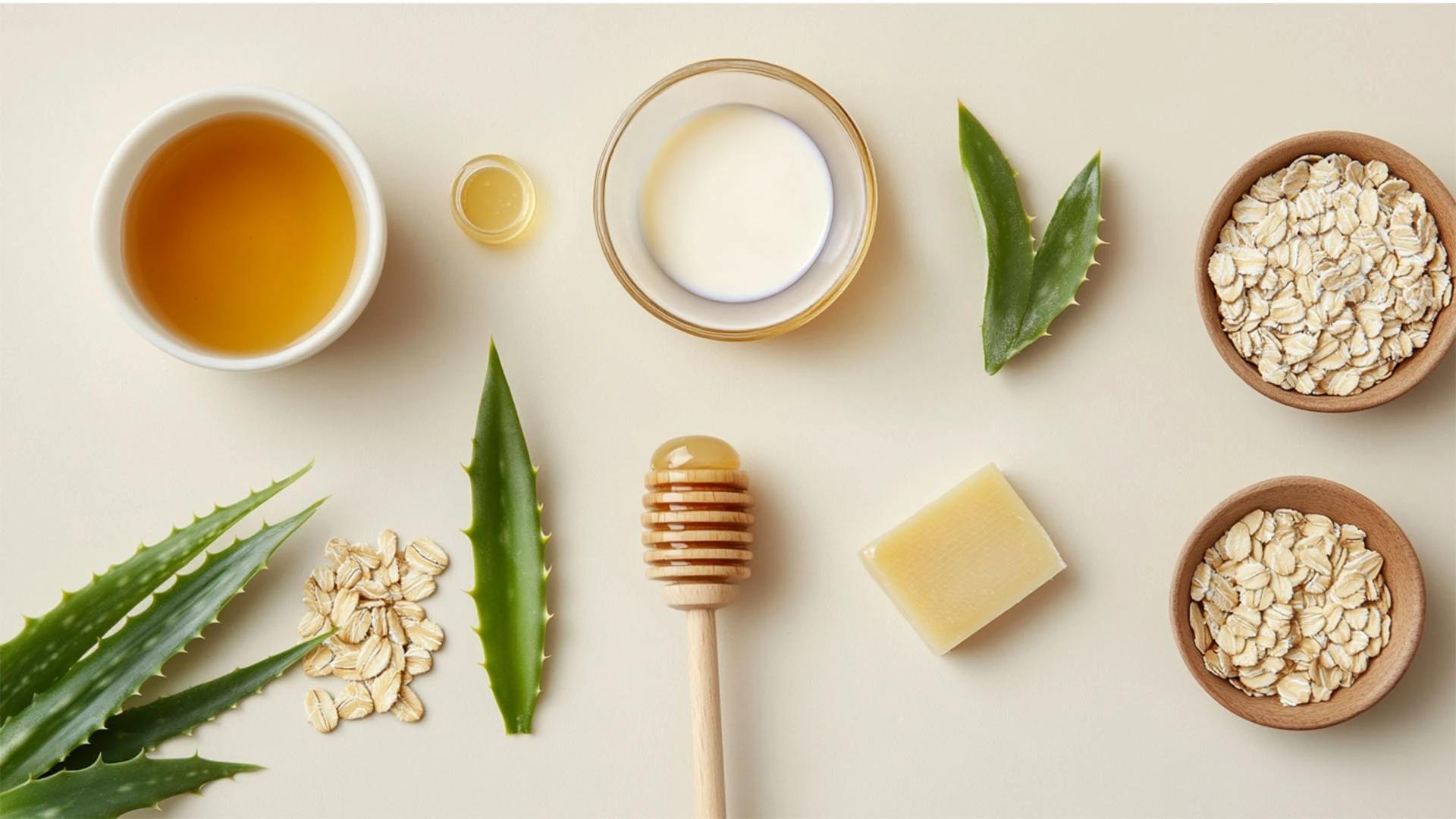Dealing with oily hair can feel like a never-ending battle. Your hair looks fresh after washing, but within hours, it's flat and greasy again. The secret weapon? Finding the right shampoo for oily hair and mastering the proper technique. This step-by-step guide will walk you through everything from understanding your scalp's needs to perfecting your wash routine. Let's dive into the world of grease control and discover how to keep your hair looking fresh for longer.
Understanding Oily Hair and Scalp
Your scalp produces natural oils called sebum to keep your hair healthy. However, when sebum regulation goes into overdrive, you end up with that unwanted greasy look. Several factors contribute to this issue, including hormones, genetics, and even the products you use.
Overactive sebaceous glands are often the main culprit behind oily hair. These glands can be triggered by stress, hormonal changes, or even overwashing. Your hair type also plays a role—fine hair tends to look oily faster because there's less hair to absorb the natural oils. Understanding these basics helps you choose the right approach for scalp cleansing.
Many people make the mistake of washing oily hair too frequently or using harsh products. This can actually worsen the problem by stripping your scalp of natural oils, causing it to produce even more sebum as compensation. The key is finding the right balance.
Essential Ingredients for Oily Hair Shampoos
Not all shampoos are created equal, especially when it comes to managing oily hair. The right ingredients can make all the difference in achieving effective oil-free hair care. Look for formulas that address excess oil without being overly harsh on your scalp.
Clarifying Agents
Salicylic acid is your best mate for cutting through grease and buildup. It gently exfoliates the scalp, removing dead skin cells that can clog pores and contribute to oiliness. Tea tree oil is another superstar ingredient that naturally cleanses while providing antimicrobial benefits. These ingredients work together to give you that deep cleansing action your oily hair craves.
Balancing Components


 236 ml
236 ml 200 ml
200 ml 20 gm
20 gm 340 gm
340 gm